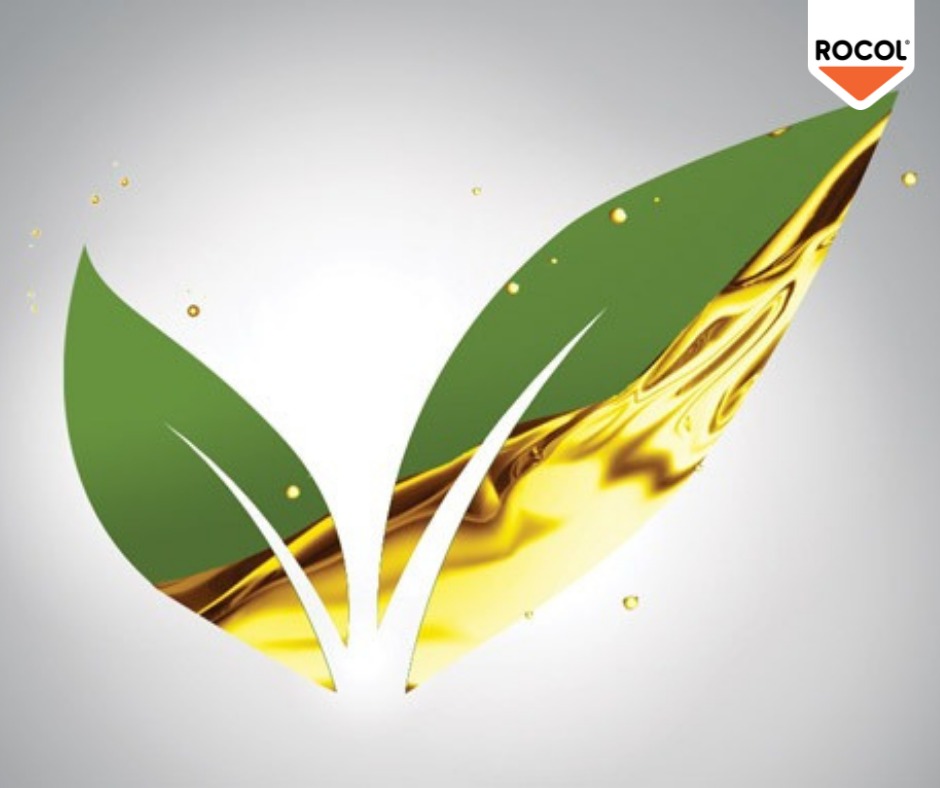Blog
- Super User
- General Knowledge
- الزيارات: 2142
Lubricant Environmental Compliance

When comparing multiple products these days, you might read about the different ways in which they might affect the environment. Many companies are even highlighting through their advertisements that their products are green or eco-friendly. Terms such as Vegan certified, biodegradability, Environmentally Acceptable Lubricants (EAL), or Environmentally Friendly Lubricants (EFL) might be used to describe a lubricant’s effect on the environment. When reading about terms like these, you might wonder; are they all referring to the same thing, or do they each have their own meaning? Plainly, they are distinct, and each term has a specific definition. To get a better perspective on the meaning of the above-mentioned terms, we will examine the standards that must be met for lubricants in regards to aquatic environments . Since extreme care must be taken when using lubricants over water.
Vegan Society Trademark Standards
For a lubricant to be Vegan certified, there has to be no animal derivatives, no genetically modified organisms involved in the manufacturing process, and no animal testing on products or ingredients. Besides, the vegan materials are to be prepared separately away from their counterpart non vegan products for food producers.
Vessel General Permit
The Vessel General Permit (VGP) is a Clean Water Act National Pollutant Discharge Elimination System permit that authorizes, on a nationwide basis, discharges incidental to the normal operation of non-military and non-recreational vessels greater than or equal to 79 feet in length. This permit covers 26 distinct types of discharges that could potentially pose a threat to the aquatic ecosystem. The VGP includes a set criterion that lubricants must meet to help reduce this threat. I don’t want to get too far into the weeds on this permit, but it does go into detail about describing the above-mentioned terms and how they relate to lubricants.
Environmentally Acceptable lubricants & Environmentally Friendly lubricants
In the VGP, EALs are described as lubricants that have been shown to meet standards for biodegradability, toxicity, and bioaccumulation potential that minimize the adverse consequences they are likely to have on the aquatic environment compared to normal lubricants. While EFLs are often defined as lubricants that may be expected to have desirable environmental qualities, they have not been proven to meet these standards. In short, EALs are lubricants that have passed the test to establish that they meet certain defined requirements while EFLs are lubricants that might have some good environmental qualities but may or may not meet the standard. Now that we know the difference between EALs and EFLs, let’s examine some of the standards that must be met to qualify a lubricant as an EAL.
Biodegradability To lower the threat in an aquatic environment, the chemical compound the lubricant started out as must be able to be broken down. Biodegradability is the measure of this breakdown by microorganisms, and it plays a big part in EALs. There are two types of biodegradation: Primary and Ultimate. Primary biodegradation is breaking off a piece of the chemical compound’s make-up. When this happens, the chemical compound can no longer perform the function it was created to do. Ultimate biodegradation is the complete breakdown of a chemical compound into carbon dioxide, water, and mineral salts. Primary and Ultimate biodegradation together can be classified as the physical breakdown of the lubricant. The method in which the breakdown occurs is classified as Inherent biodegradation and is determined by the compound’s ability to break down in any number of biodegradability tests. In addition, a lubricant is said to be Readily biodegradable where a part of the compound is biodegradable within a specific time using a specific test method. To be classified as an EAL, a lubricant must contain a certain percentage of readily biodegradable material.
Due to the potential for harm to plants and wildlife in the water, an EAL must have low toxicity. There are a few distinct types of aquatic toxicity tests that can be performed, some are done to determine the lubricant’s toxicity to fish while others are used for plants. These tests range in length from 48 -96 hours Rather than a passing or failing grade, the results of the test are typically displayed as either high or low toxicity. If we were going to look at toxicity levels of different lubricating base oils from high to low it would be as follows; mineral oils, Polyalkylene Glycols (PAG), synthetic esters, and vegetable oils.
Bioaccumulation is the gradual accumulation of substances like a lubricant’s constituent chemicals in an organism. In EALs it is desirable to have an extremely low bioaccumulation potential, as this will enable the lubricant’s compounds to break down at a faster rate. Compounds like mineral oils that have a higher potential for bioaccumulation can cause more harm. Because they don’t readily break down, the compounds in these lubricants stack up over time and create a cumulative threat to the environment. Also, worth noting is that water solubility and bioaccumulation are inversely related; if the water solubility of a lubricant is high the rate of bioaccumulation will be low.
While the use of lubricants on vessels is unavoidable, the VGP helps reduce the negative effects that can be posed to the aquatic environment. By examining the chemical makeup of the allowable lubricants and identifying a set of standards that these lubricants must meet, their potential for harm has been lowered. The VGP was created to help govern vessels over water, but it also serves as a good reference point to learn more about EALs in general.






